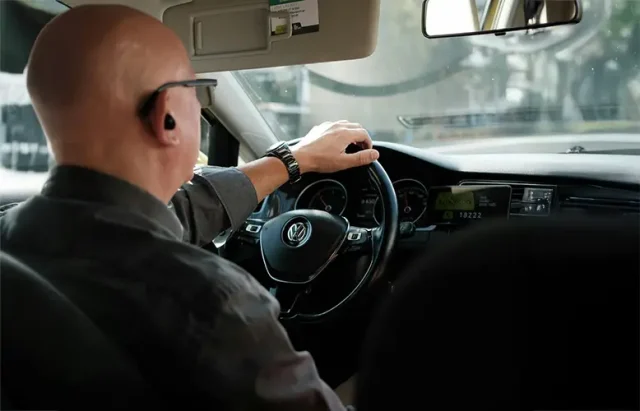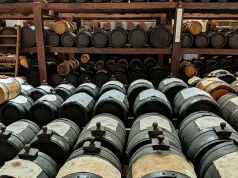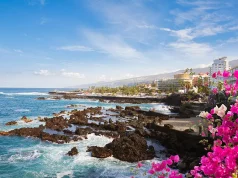
The Camino de Santiago is supposed to be a spiritual journey of endurance that is defined by its rustic accommodations and physical tenacity. But it can be experienced differently, and it doesn’t mean that because you like the finer things in life you should be gate-kept out.
A version of the Camino exists that trades austerity for comfort. That can be done in a few different ways, actually, from material comforts to logistical outsourcing.
The logistics of a lavish journey
The ultimate form of luxury travel isn’t just in the end product, but in the organization. So, the first step is to book with companies like Santiago Ways, which can help curate your experience. Everything from having the route planned to the accommodation. In fact, they can be on call as assistance, and they can even transfer your luggage from one bed rest to the next. When booking, additional notes help bring customization, like staying an extra night in a town you want to see more of.
The real benefit of this will be in how you experience the route without the stress. You can soak it all up with no anxiety about whether you booked it correctly. This can, in some instances, actually be more profound.
Arriving and departing in style
A luxurious Camino begins and ends with comfort, as a little treat for your hard work. Perhaps you want a shorter trip but still get the certificate – something like Sarria as a starting point is then perfect. A private driver can transport you to the starting point of your chosen route, avoiding the trouble of public transport in an unfamiliar country. The end of your journey in Santiago de Compostela is met with a stay in a premium hotel as a well-done. Options include the Parador de Santiago de Compostela, a historic 15th-century hospital that is now a 5-star hotel located next to the Cathedral. Other high-end choices include the NH Collection Santiago de Compostela and the A Quinta da Auga Hotel & Spa. You can’t go wrong with these, and it will boost your morale on the difficult days.
A culinary pilgrimage
There’s only limited scope of how to bring luxury to walking, but one is in how and what you eat along the way. Northern Spain’s food is renowned, and the Camino Frances passes through regions boasting an impressive concentration of Michelin-starred restaurants. For instance, near Pamplona, you’ll find El Molino de Urdániz. In the Rioja region, which isn’t at all far from the trail, are Venta Moncalvillo and El Portal de Echaurren.
Upon reaching Santiago de Compostela, A Tafona offers some stunning, modern Galician cuisine. These establishments have tasting menus that highlight regional specialties, so actually, you can again get more insight through expert guidance and a carefully created menu. Of course, you can also go on a journey with more humble eateries along the way (don’t skim them altogether), but these high-end options allow for summaries of information that you may otherwise miss.
A pilgrimage of a different sort
Is luxury in the spirit of the Camino de Santiago? Well, it’s difficult to say. The truth is that the journey is up to the individual, and if they’re scared of the albegues or enjoy certain luxuries, it would be a shame to rule out the journey altogether. Instead, we can adapt, embrace the larger budget, and use it in meaningful ways to enhance the experience and cultural immersion.





